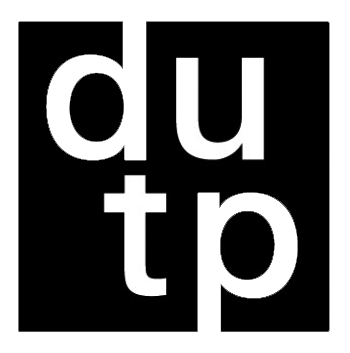What Right to the City?
Feminist Reading of the Failed Tools and Instruments for "Women's Equality" in Urban Planning in Mexico
DOI:
https://doi.org/10.5821/siiu.12889Abstract
Feminist theory analyzes how the gender perspective has been incorporated, institutionalized and instrumentalized in urban politics and planning in Mexico, placing special emphasis on how women are considered in the field of access to housing, the problem of displacement and public transport, the use of public space, etc. and the implications that this has on their daily practices, based on the assumption that we are still far from integrating the gender perspective as a transformative principle of urban planning and design within the "right to the city", since at the level of political reforms that are linked to the urban and the territorial, Gender has been used more as a descriptive or analytical category than as a political category, continuing to make women invisible as political subjects of knowledge, by not considering their experiences of life in the city.
Downloads
Published
Issue
Section
License
Copyright (c) 2024 Creative Commons

This work is licensed under a Creative Commons Attribution-NonCommercial-ShareAlike 4.0 International License.
Aquellos autores/as que tengan publicaciones con esta revista, aceptan los términos siguientes:
- Los autores/as conservarán sus derechos de autor y garantizarán a la revista el derecho de primera publicación de su obra, el cuál estará simultáneamente sujeto a la Licencia de reconocimiento de Creative Commons CC BY-NC-ND- 4.0 que permite a terceros compartir la obra siempre que se indique su autor y su primera publicación esta revista, pero no se pueden cambiar ni se pueden utilizar comercialmente.
- Los autores/as podrán adoptar otros acuerdos de licencia no exclusiva de distribución de la versión de la obra publicada (p. ej.: depositarla en un archivo telemático institucional o publicarla en un volumen monográfico) siempre que se indique la publicación inicial en esta revista.
- Se permite y recomienda a los autores/as difundir su obra a través de Internet (p. ej.: en archivos telemáticos institucionales o en su página web) antes y durante el proceso de envío, lo cual puede producir intercambios interesantes y aumentar las citas de la obra publicada. (Véase El efecto del acceso abierto).











